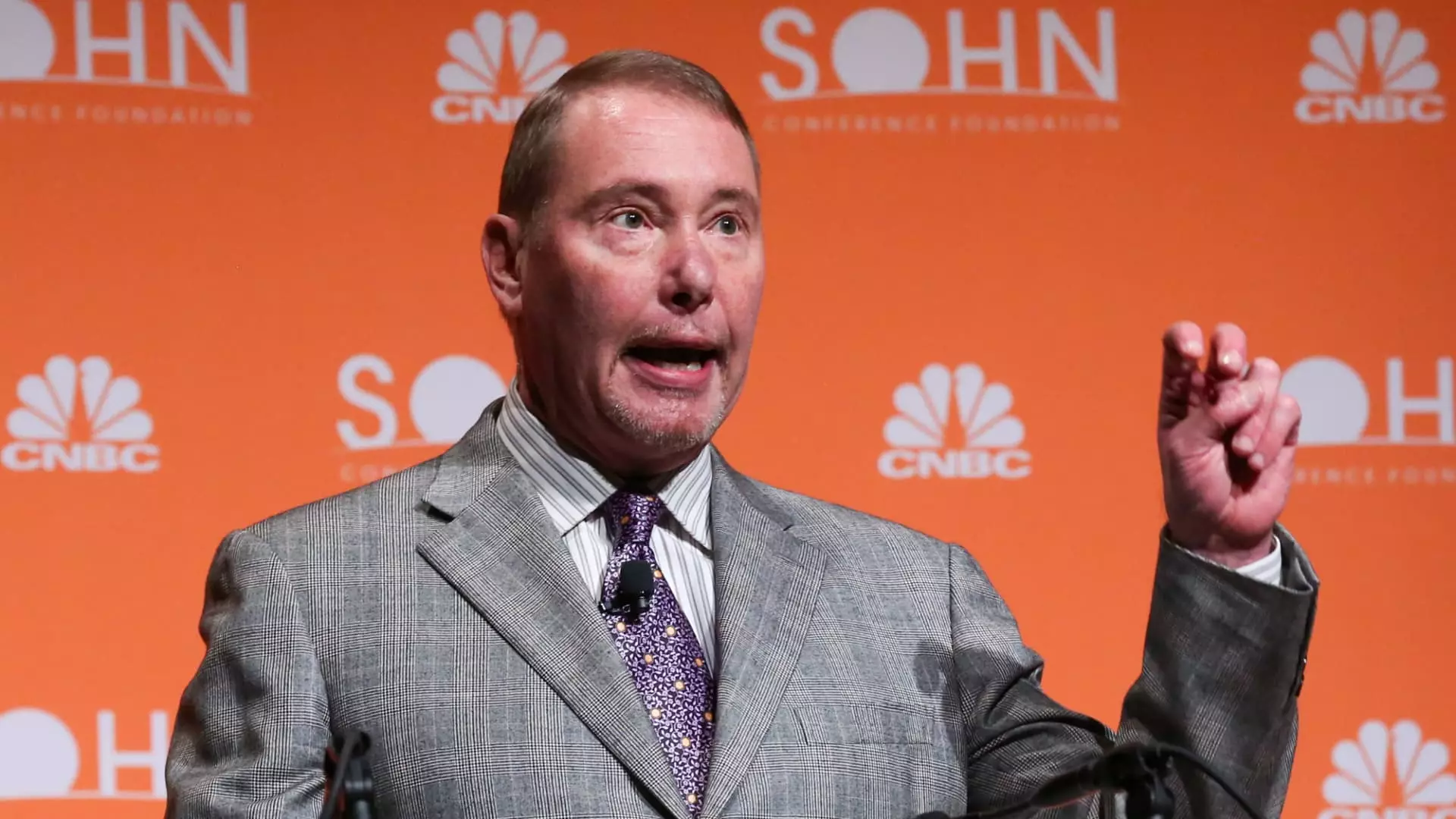In a recent interview, Jeffrey Gundlach, the CEO of DoubleLine Capital, shared his perspective on the Federal Reserve’s likely course of action concerning interest rates in 2025. He indicated that the market should anticipate only one potential rate cut, with a maximum of two. Gundlach’s cautious stance reflects a broader sentiment among investors that the central bank’s primary concern is to evaluate incoming economic data, particularly regarding labor market stability and inflationary pressures. His statement encapsulates a feeling of vigilance rather than swift maneuvering; he said, “I just think that’s the most you can possibly think about,” underscoring his skepticism around aggressive rate reduction policies.
Gundlach’s insights delineate the complicated relationship between economic data and monetary policy. The Federal Reserve’s decision to maintain current interest rates follows a series of consecutive cuts designed to invigorate the economy. As Gundlach articulated, Federal Reserve Chair Jerome Powell is adopting a careful, measured approach, signaling a reluctance to adjust policy until there is a palpable shift in economic indicators. The message seems clear: the Fed is not inclined to rush into a decision based on transient market conditions; rather, it emphasizes the need to monitor stability in key economic metrics like unemployment.
Gundlach’s analysis extends beyond rate cuts to encompass the current landscape of long-duration Treasury yields. His assertion that these rates have not reached their peak indicates an expectation of continued upward pressure on yields. The benchmark 10-year Treasury, he notes, has surged by approximately 85 basis points since the Fed initiated its rate cuts last year. This movement suggests underlying perceptions of inflation and economic growth that could further influence investor behavior in the bond market. Gundlach’s forecast reveals a nuanced perspective: while he acknowledges potential increases in yields, he simultaneously counsels caution for those venturing into high-risk assets.
His apprehension about high-risk investments stems not only from the anticipated changes in interest rates but also from an assessment of current asset valuations. Many investors may find themselves susceptible to the alluring prospects of high-return assets; however, Gundlach firmly warns against this pitfall. The current climate of elevated valuations, combined with a potentially rising interest rate environment, presents a challenging landscape for traditional risk assets.
The insights from Jeffrey Gundlach reflect a deep understanding of the intricate dynamics at play within the economy and the financial markets. As we move into 2025, investors may need to steel themselves for a gradual and careful approach by the Federal Reserve regarding interest rates. Gundlach’s predictions underscore the importance of maintaining a vigilant stance in a rapidly evolving economic landscape characterized by uncertainty and volatility. With a focus on data-driven analysis, Gundlach’s perspective serves as a crucial reminder that the journey toward managing interest rates will not be immediate; rather, it will require patience and a keen eye for market trends. The road ahead is fraught with challenges, but for those equipped with the right insights, opportunities may yet abound.

